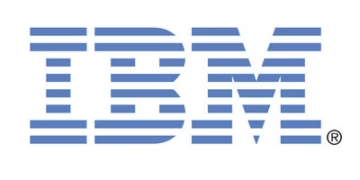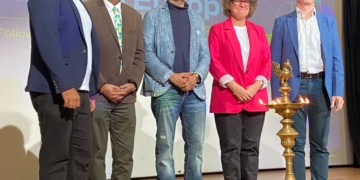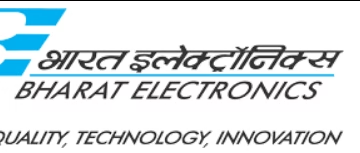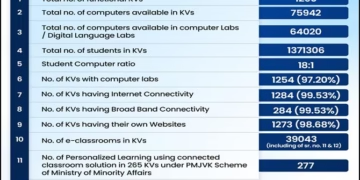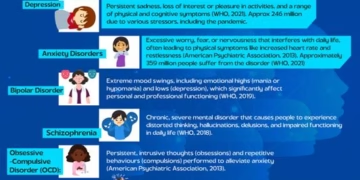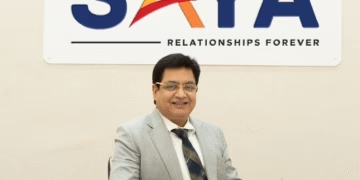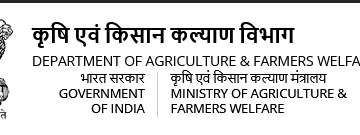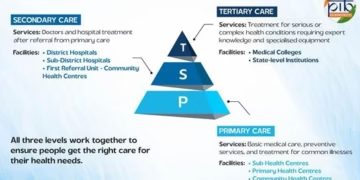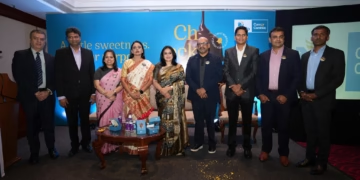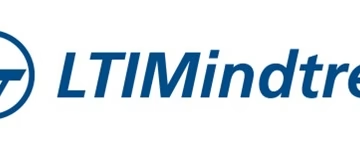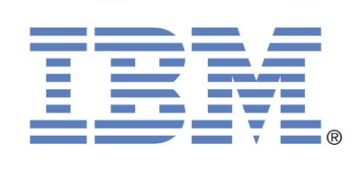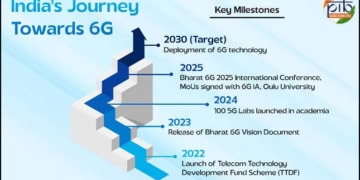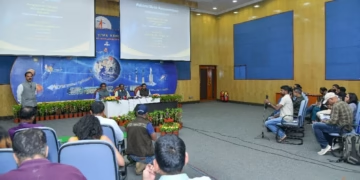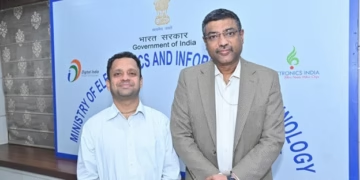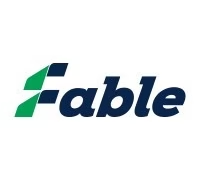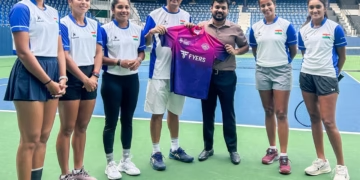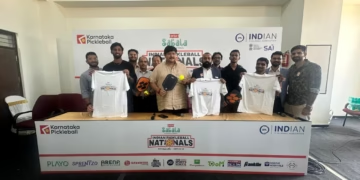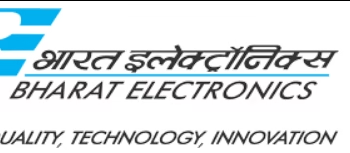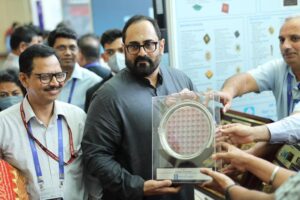
![]()
Semicon startups are truly catalyzing India’s electronics & semiconductor ecosystem. May this tribe increase. I am confident that next Unicorn will be from this sector: Rajeev Chandrasekhar
Visiting the startups at the exhibition, the Minister takes account of current capabilities and innovation on display. Reiterates that startup innovation will be the key driver of India’s fast expanding Digital Economy.
Bengaluru, 30th April 2022: Rajeev Chandrasekhar, Minister of State for Electronics & Information Technology and Skill Development & Entrepreneurship visited the exhibition are at the SemiconIndia conference and interacted with startups in the electronics manufacturing & semiconductor sector.
He liberally spent time with the tech entrepreneurs to understand their current offerings, their product roadmaps, applications and utilities of their technology and the on-ground impact their cutting-edge innovation is creating. In his interactions, he also urged them to share their thoughts on policy support, fiscal impetus, and other asks from the Government.
He strongly affirmed about the potential of Indian Startups to significantly boost the Growth of India’s Digital Economy over the decade. Taking to his social media, the Minister tweeted “Semicon startups are truly catalyzing India’s electronics & semiconductor ecosystem. May this tribe increase. I am confident that next Unicorn will be from here.”
The Startups were elated to meet the Chairman Steering Committee SemiconIndia 2022 & the Union Minister of State who has been a former chip designer in the Silicon Valley, USA, and a successful tech entrepreneur himself. The Startups felt encouraged and inspired by the Minister’s call for them to join the fast-expanding Unicorn Club.
Earlier in the day, Rajeev Chandrasekhar also met Raja Koduri, Chief Architect and Senior Vice President of Intel’s architecture, graphics and software (IAGS) division who delivered a talk on “From Angstroms to Zetta-scale: Silicon, Systems and Software in India”. The Minister Congratulated Raja Koduri for an excellent talk about the real potential in India in AI, System Design & middleware for Indian Startups. He also expressed optimism about intel partnering with Indian Startups in this area.
The exhibition boasts of several MSMEs and Startups working on cutting edge technology and semiconductor application in various segments. A few notable Indian players in the segment are:
Signalchip – an Indian fabless semiconductor company that has built chipsets from the Baseband processing SoCs to Mixed Signal Devices to RF front ends and has created “Agumbe”, India’s first chipset for 5G NR, 4G LTE and 3G WCDMA standards.
Saankhya Labs – showcasing the latest semiconductor products and also 5G, Broadcast, and Satcom communication products.
Tessolve – a leading engineering solution provider with 2500+ engineers worldwide and a full breadth of pre- & post-silicon expertise. Tessolve provides a one-stop-solution with full-fledged hardware and software capabilities including advanced silicon & systems testing labs.
MosChip – the first fabless semiconductor company, has developed many connectivity-based products that are fabricated at leading foundries and shipped in millions of units. MosChip has niche expertise in the areas of analog, mixed-signal design, high-speed serial interfaces, and IP portfolio which includes silicon-proven SerDes up to 16Gbps as licensable IPs.
Infineon – designs, develops, manufactures, and markets a broad range of semiconductors and system solutions. The focus of its activities is on automotive and industrial electronics, communication, and information technologies, IoT, sensor technology and security.
In his interaction, the Hon’ble MoS reiterated total commitment to extend all support and work with the startups to build the Valley-like ecosystem domestically. He further reiterated the important and key role the startups will play to be the growth engine of the technology ecosystem in India.
SemiconIndia Conference 2022 sets in motion the roadmap to catalyze semiconductor ecosystem; signs multiple MoUs to bring Prime Minister’s vision to reality
A big step for Indian Microprocessors ecosystem. India’s Digital India RISC-V program (DIR-V) signs MOUs with – Sony, BEL, ISRO, Atomic Energy for various applications and design wins.
India Processor and Chip Design pacts signed led by DIR-V processors Shakti and Vega
Bengaluru, 30th April 2022: Prime Minister of India Narendra Modi’s vision of turning India into a thriving semiconductor hub kickstarted with multiple Memorandum of Understanding (MoUs) signed between the Government, leading semiconductor industry players and industry associations.
The wheels were set in motion to Catalyze India’s semiconductor ecosystem, today, as design and co-development pacts were announced at SemiconIndia 2022. Recently India has announced the DIR-V Program to develop Siliconize and create design wins for future around SHAKTI and VEGA RISC-V Processors.
DIR-V Program with Prof. Kamakoti, Director, IIT Madras as Chief Architect and Krishna Kumar Rao as Program Manager has been initiated with a vision to make India not only a RISC-V Talent Hub for the World but also supplier of DIR-V solutions for Servers, Mobile devices, Automotive, IoT & Microcontrollers across the globe.
DIR-V has announced Five MoUs for the use of indigenously developed RISC-V Processors -SHAKTI and VEGA.
1. MoU between SONY India and DIR-V SHAKTI Processor (IIT Madras) for the Systems/Products developed by SONY.
2. MoU between ISRO Inertial Systems Unit (IISU), Thiruvananthapuram and DIR-V SHAKTI Processor (IIT Madras) for development of high performance SoCs (System on Chip) and for Fault Tolerant Computer Systems.
3. MoU between Indira Gandhi Centre for Atomic Research (IGCAR), Department of Atomic Energy and DIR-V SHAKTI Processor (IIT Madras) for the Systems/Products developed by IGCAR.
4. MoU between Bharat Electronics Limited (BEL) and DIR-V VEGA Processor (C-DAC) for Rudra Server board, Cyber security, and Language Solutions.
5. MoU between Centre for Development of Telematics (C-DOT) and DIR-V VEGA Processor (C-DAC) for the 4G/5G, Broadband, IOT/ M2M solutions
Additionally, an intent of MoU was announced between IISc Bangalore and SEMI, USA for building core competence of quantum technologies – multi-qubit superconducting quantum processors, photonic processors, diamond-based magnetometers, lab-level quantum-secured communication network etc.
SEMI, USA and IESA also announced an MoU for exploring the potential for growth of Electronics and Semiconductor industry in India and thereby bring global major players in semiconductor to leverage the opportunities for catalyzing the semiconductor ecosystem in India. IESA also released an industry report – India Semiconductor Market Demand.
Rajeev Chandrasekhar, Minister of State for Electronics & Information Technology and Skill Development & Entrepreneurship, said,” There has been an exponential growth in electronics production in India. The sector has grown to fulfill domestic demand and to export globally. This is fueling demand for microprocessors and chips. The time is ripe for India to rise and take up this challenge head on.
Our startup ecosystem is replete with some of the best minds in technology and I am confident that our startups will drive the next wave of innovation, leading India’s digital economy. Our design and innovation ecosystem are robust and thriving and I am certain our next wave of unicorns will be from this sector.”
The second day of the conference also had invigorating sessions and discussions with global and Indian technocrats. Mr. Siva Sivaram, President – Western Digital addressed a rapt audience and spoke on India’s resilience to Semiconductor Supply Chain. Raja Koduri, Chief Architect and Senior Vice President, Intel’s IAGS division delivered a talk on “From Angstroms to Zetta-scale: Silicon, Systems and Software in India”. The session covered the real potential in AI, System Design & middleware for Indian Startups. Mr. Akarsh Hebbar, MD, Avanstrate delivered a session on Indian Opportunities in Integrated Semiconductor and Display. He emphasized on the role of semiconductor sector given the rise in demand and projected growth in the sector in the coming years. Upcoming technologies such as 5G will further boost demand and this sets up India perfectly to build an ecosystem that can cater to local demand and also reach Indian chips and microprocessors across the globe.

